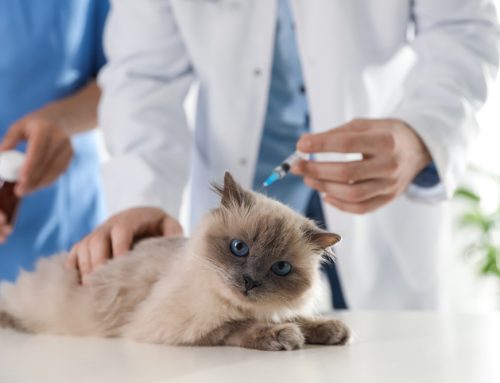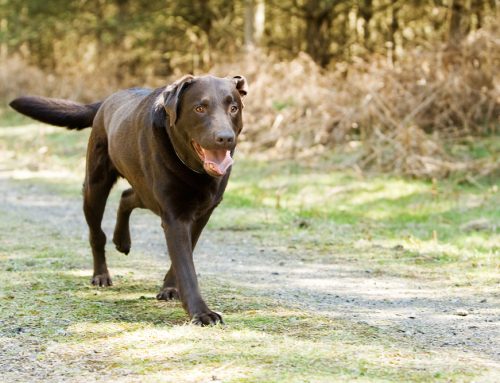Cat Princess needed help with her Tooth !
Her gums were RED & BLEEDING & her BREATH was BAD
Unfortunately black cat often SUFFER in SILENCE with FELINE TOOTH RESORPTION !
Tooth Resorption occurs when odontoclasts destroy the tooth root surfaces by causing the enamel to be resorbed. As the disease progresses, the different layers of the tooth are resorbed & the pulp cavity (the nerve & blood supply) becomes exposed, causing pain ! The resorption continues until the tooth is weakened & ultimately fractures.The cause of these lesions is unknown; no one knows why odontoclastic cells begin to resorb the tooth root. All black cat can develop feline tooth resorption. In fact it’s one of the most common oral conditions seen in cats.
Unfortunately Cat usually HIDE symptoms of PAIN ! Feline tooth resorptive lesions are associated with pain, bad breath, mouth sensitivity (dropping food), drooling, tooth fractures, tooth loss, anorexia (inappetance), weight loss.
Since these lesions usually start at the gum line, they are often covered with gum tissue or tartar & therefore may be difficult to detect without a thorough oral exam. As the lesions progress you may notice drooling, trouble eating, reluctance to eat or a decrease in appetite & occasionally bloody saliva or swelling around the mouth & jaw.Your vet may identify a feline tooth resorptive lesion while performing an oral exam during your pet’s check-up or during a dental cleaning. Dental radiographs (x-rays) are necessary to properly evaluate the extent of tooth & tooth root damage & determine the appropriate treatment.
Since feline tooth resorption is a progressive disease, extraction/oral surgery is the best option for all affected teeth, even those with mild damage. It is important that people realize these lesions are very painful & simply leaving the affected tooth alone is not an option. Unfortunately there is no known prevention for this disease but the earlier it is identified the better it is for your cat !







Leave A Comment